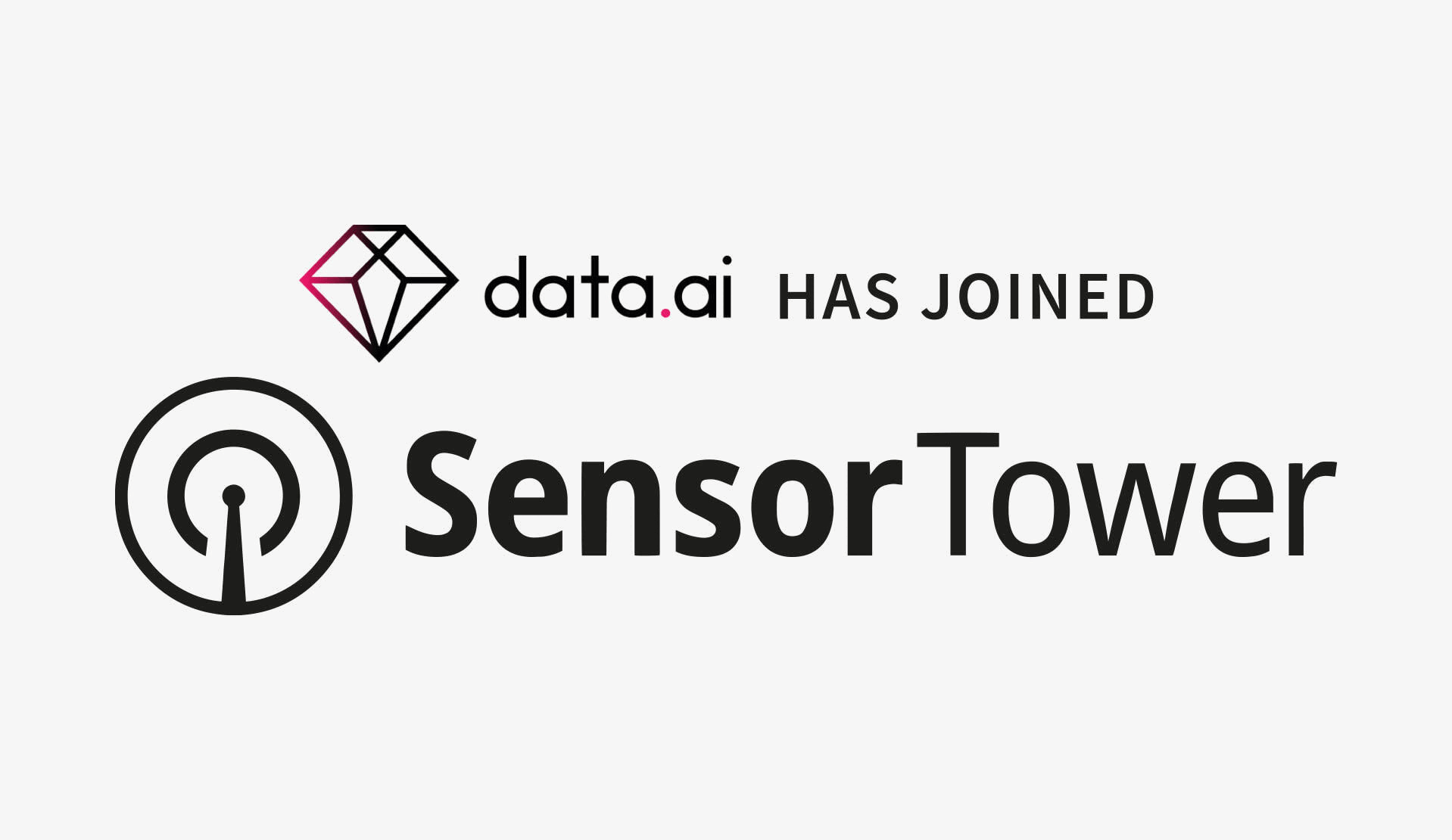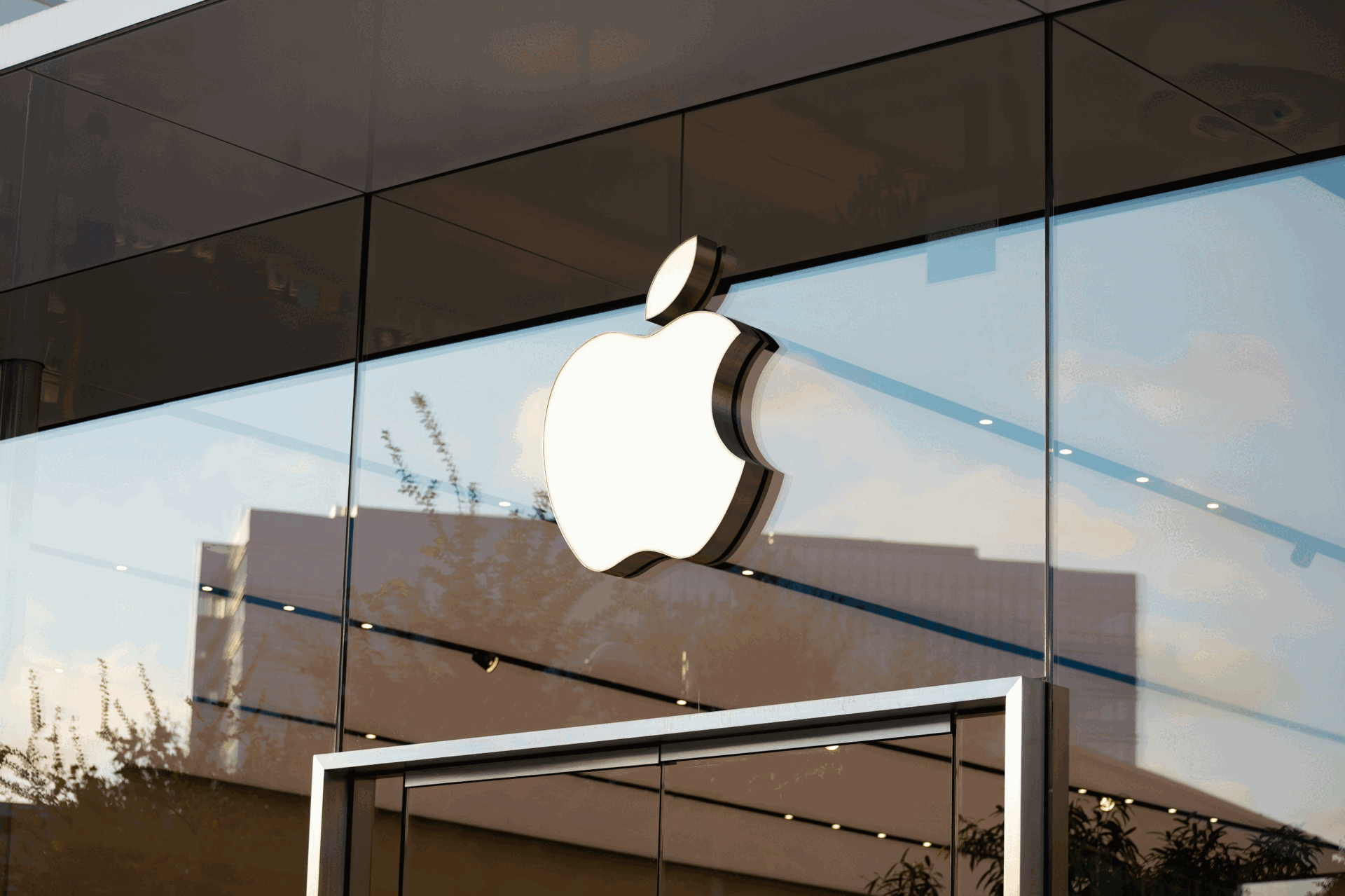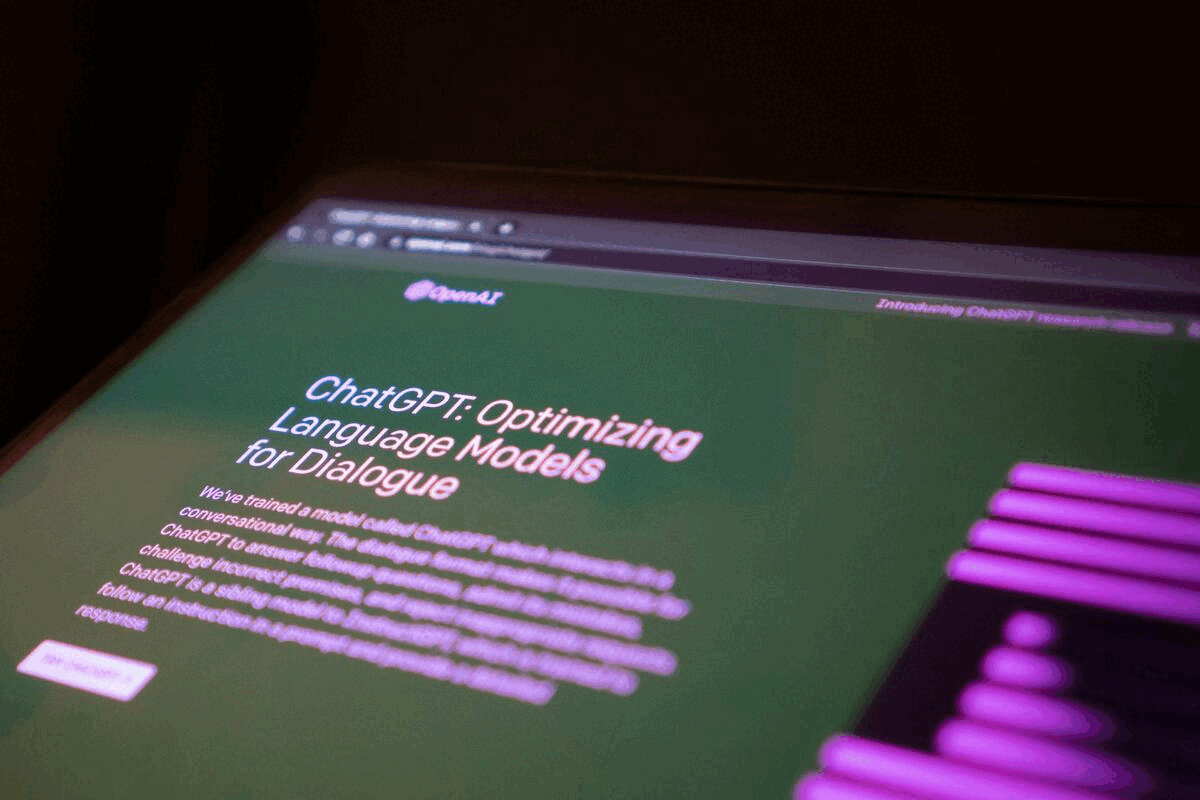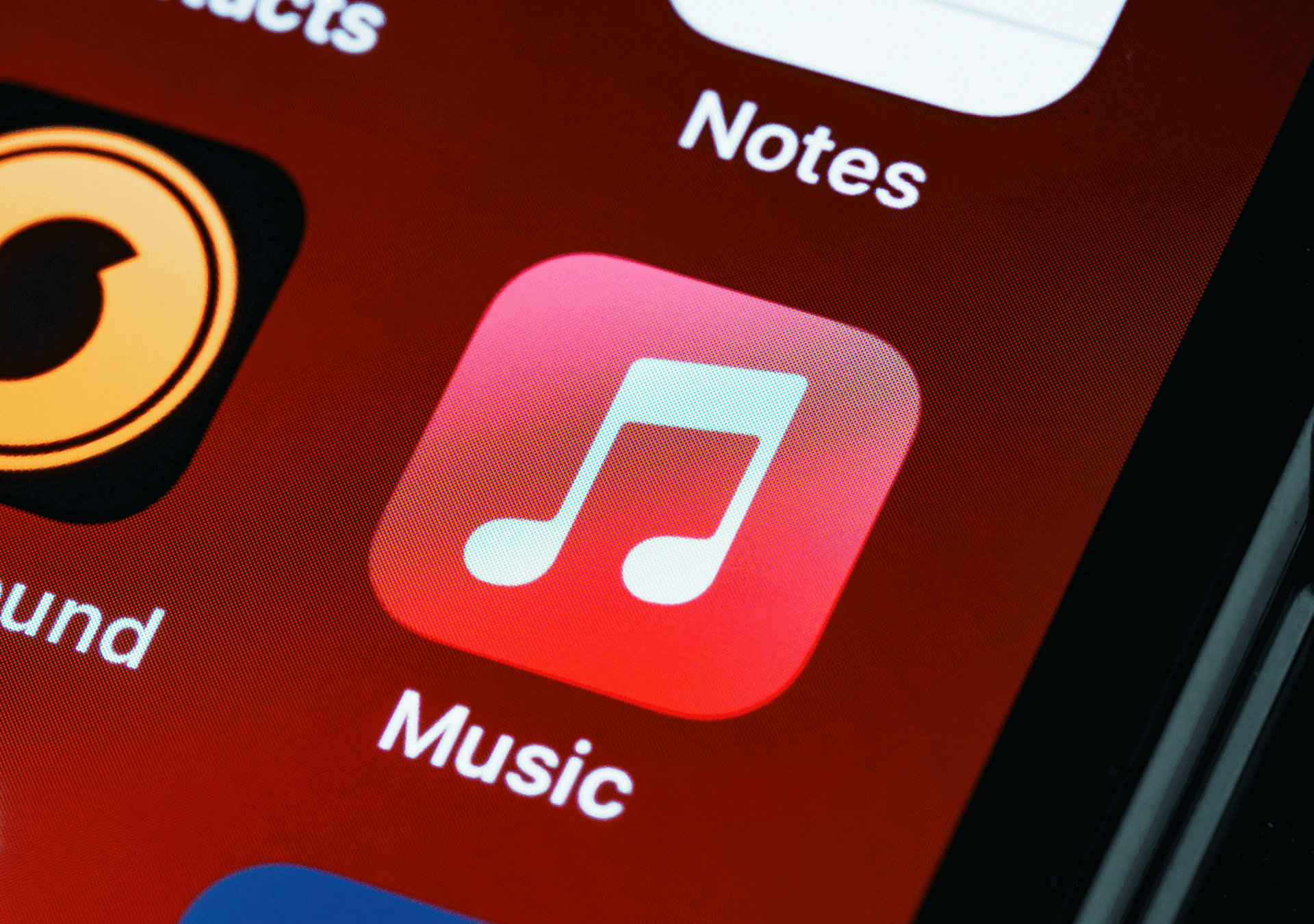Innovation Lab: Data Dresses, Smart Photo Enhancement and Pig-powered Sensors
- Friday, February 10th, 2017
- Share this article:
At Mobile Marketing were proud to help tech companies showcase their cutting-edge solutions, whether its on our website, in our magazine or at our Mobile Marketing Summits. Giving a platform to companies that are breaking new ground in their market brings audiences one step closer to the ideas and developments that will shape tomorrow.
In that spirit, our Innovation Lab feature takes a step beyond the world of apps, ads and handsets with slightly bigger screens, in order to share some of the tech worlds innovative ideas. They might be interesting, disruptive or just outright strange, but these are the stories that have caught our eye over the past week.
H&M Partners with Google for Data-based Dress
Googles Awareness API was created last year to help developers access some of the 2.5 quintillion bytes of data we generate a day from our interactions with our smartphones, tracking everything from our location to our favourite websites. However, rather than making a more context-aware app, fashion retailer H&M chose to use that data to design dresses.
Created under the brands Ivyrevel label in partnership with Google, the Data_Dress relies on an Android app that users download and activate for a week. The app tracks a variety of metrics, from what the weather is like when youre outside to where you regularly eat or meet with friends.
The data is then used to design a custom dress suited precisely to you. For example, Ivyrevel co-founder Kenza Zouiten got a dress made from black velvet because the weather in her home of Stockholm, Sweden was chilly, with diamond details added as she often went dancing. The dress design also included the GPS route of an early morning run she took, as well as locations of restaurants and meeting spots she visited. Users can set certain parameters at the start, like whether the dress is for partying, formal occasions or business, and tweak the design once its created.
“Its such an exciting moment,” said Aleksandar Subosic, co-founder of Ivyrevel. “Were about to change the fashion industry by bringing the customers personality into the design process through data technology. The Data Dress enables women around the world to order a dress made entirely for them, that reflects the way they live their lives.”
Google Brain Makes Zoom, Enhance Technology Real
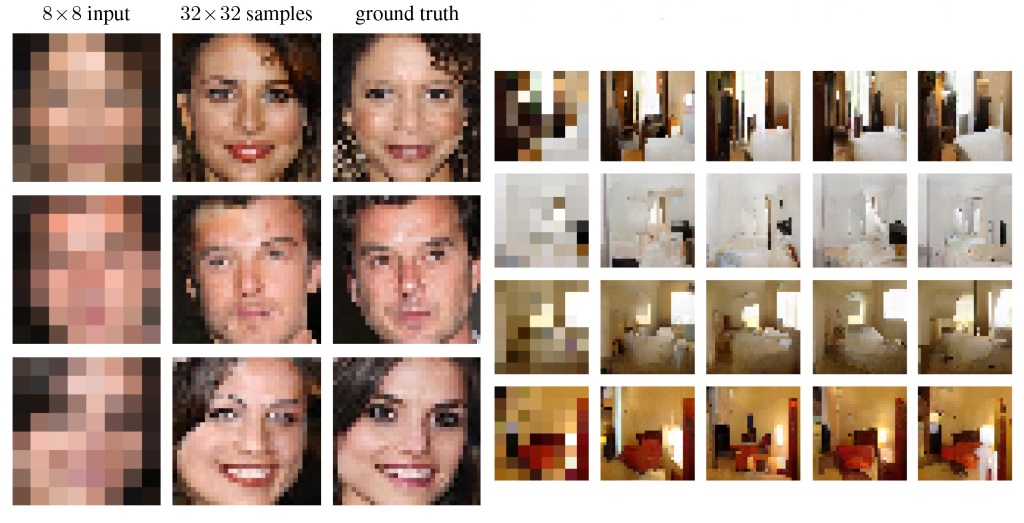 Its a scene weve seen in dozens of Hollywood thrillers and procedural crime shows: the hero has some fuzzy, low-resolution footage of a crucial clue, and stands over the shoulder of their tech-savvy sidekick as they zoom in and enhance a detail into crystal clear clarity.
Its a scene weve seen in dozens of Hollywood thrillers and procedural crime shows: the hero has some fuzzy, low-resolution footage of a crucial clue, and stands over the shoulder of their tech-savvy sidekick as they zoom in and enhance a detail into crystal clear clarity.
Anyone whos actually dealt with a low-resolution image knows how ridiculous these scenes are, but the joke could soon be on us thanks to advancements made by Google Brain. The search giants research division has used neural network technology to create a program capable of just that.
The software is able to take an 8×8 pixel source image and enhance it to 32×32 quality with reasonable accuracy. One neural network compares the source image to other high resolution pictures, downsizing them to try to make a match. A second network tries to upscale the image based on a large selection of similar pictures. Finally, the two efforts are combined and blended.
Google Brain tested the software on both celebrity faces and images of bedrooms, then asked human observers to pick between the upscaled image and a real picture of a similar quality. The judges were fooled 10 per cent of the time on the faces and 28 per cent of the time on the bedroom images, a considerable leap forward from normal bicubic scaling, which fooled no-one.
Pocket-sized Device Will Check Your Food for Gluten
Celiac disease and other gluten intolerances can make dining out a nightmare for those affected, but a simple solution could be on the way. The 6Sensor Nima is a handheld device that can scan small pieces of food and detect whether or not they contain gluten.
The device, which consists of a capsule and a triangle-shaped base, detects the proteins found in wheat, and only needs a pea-sized piece of food to work. It can detect gluten in around three minutes and displays a smiley face using an OLED screen if the food is safe to eat.
Results can be uploaded via Bluetooth to an accompanying iOS app for storage and sharing, and while the Nima cant guaranteed an entire meal is gluten-free, it can give people piece of mind when a particular ingredient or dish causes concern.
Swallowable Medical Sensor is Powered by Stomach Acid
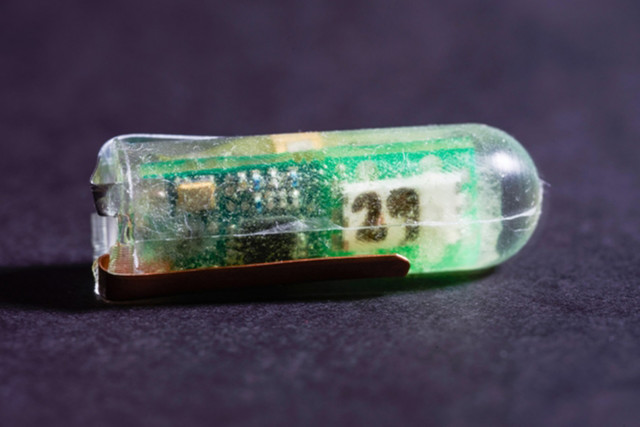
From pacemakers to tiny medical sensors, batteries are often the trickiest part of devices that are supposed to operate within the human body, especially as other advances in medical technology drives towards smaller and smaller creations.
Engineers from MIT and Brigham and Womens Hospital have come up with a unique approach to the problem by creating a sensor that uses a similar principle to when a lemon is used as a battery, only using a humans gastrointestinal fluid as an electrolyte.
The researchers collaborated with other scientists working on an ingestible device that could measure biometric data including internal temperature and heart rate, and tested the sensor on pigs. They were able to capture data wirelessly every 12 seconds from around six feet away while the sensor was in the pigs stomach, and slightly less regularly as it passed to the small intestine.
Piaggios Gita is “a Land Drone, a Cargo Bot, a Sherpa”
Italian automotive manufacturer Piaggio is best known for the iconic Vespa, but its hoping its latest creation will be just as much of a style icon for the 21st century. The Gita is a smart personal cargo robot that can carry your belongings and learn your habits.
The first project by the companys Fast Forward group, the Gita is a circular robot that can carry up to 40lbs and can keep up with a running human. It has a larger sibling called the Kilo which can carry up to 200lbs in its open bay, and is intended for deliveries.
The Gita and the Kilo dont use GPS as theyre intended for indoor use as well as outdoor. Instead, users wear a wi-fi equipped belt which enables to the drones to track you, or you can use the devices autonomous mode to map a route to a destination and send it off on an errand








